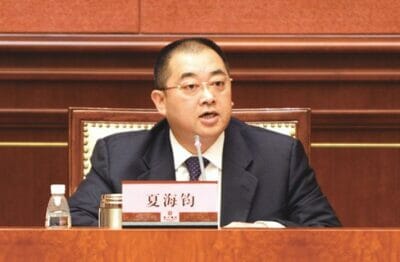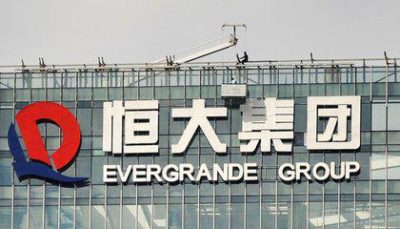
Vice Chairman and Chief Executive Xia Haijun
China’s Evergrande Group, the country’s second largest property developer by sales in 2017, said it would shift its development model from pursuing top line growth, to achieving efficiency and quality after it announced a record jump in profit in its interim report last week.
At the earnings conference, Vice Chairman and Chief Executive Xia Haijun posted the company’s highest-ever first half profit and stated that the company would stay away from China’s tier-four cities and from purchases of expensive land, in favour of leveraging its existing land reserves to ensure the pursuit of profitability while maintaining moderate scale growth.
According to the company’s interim report filed to the Hong Kong Stock Exchange the same day as the earnings conference, Shenzhen-based Evergrande saw rapid growth in the first half with its net profit jumping by 63.6 percent to RMB 30.8 billion ($4.52 billion). During the same period, the company’s revenue rose 59.8 percent to RMB 300.35 billion, and it dropped its once-industry-leading net gearing ratio to 127.3 percent by reducing its debts over the last six months.
Building China’s Largest Land Bank
Traditionally the most aggressive borrower among China’s largest developers, the country’s third-ranked homebuilder in 2017, showed where it had been investing its cash by listing 68 pieces of land acquired during the period, which combine to give it a potential pipeline of approximately 30.86 million square metres of finished homes by gross floor area.

Evergrande is the third largest real estate developer in China
That set of sites gives Evergrande a total of 822 projects in progress across 288 Chinese cities, which adds up to a potential 305 million square meters (3.28 billion square feet) in GFA of new homes, with the company having paid a total of RMB 513.0 billion in acquiring that land bank.
According to Bloomberg statistics, the hoard of land ranked Evergrande first in China in terms of land reserves by area of floorspace, with Country Garden, the company’s main competitor, coming in second with sites holding the potential to build 210 million square metres of homes, as of the first half of 2017.
According to Evergrande’s report, contracted sales in the first six months jumped by 24.6 percent from the same period last year to RMB 304.18 billion, which is more than half of the company’s stated objective of growing sales by 20 to 30 percent annually. “There will be no problem meeting our targets,” said Xia in the Tuesday conference.
From “Three-High, One-Low” to “Three Low, One-High”
With this land bank in hand and sales growing, Evergrande stated in its interim report that the company would shift its operating model from high debt, high leverage, high turnover and low cost to low debt, low leverage, low cost and high turnover.
In the half-year update, Evergrande showed off a net gearing ratio of 127.3 percent, down by 56.4 percentage points from the 184 percent gearing it reported at the end of 2017. This reduction in leveraged was accomplished in part by Evergrande reducing its total borrowings by nine percent since the end of December to RMB 671.13 billion.
Last June, the company saw a net gearing ratio of 240 percent, marking one of the highest debt ratios in the industry at the time. “In the past years, the company bore a high debt because it borrowed huge debt to reserve lands, especially the cheap land in second and third-tier cities,” Xia said in the August 28th earning conference.
However, with China’s government emphasising the need to reduce debts and perceived risk rising in the nation’s real estate markets, Evergrande pledged in August last year to cut its net gearing ratio to about 70 percent by June 2020. The acknowledged formula for achieving this deleveraging goal, the company says, is through vigorous sales and cautious land acquisitions.
Leave a Reply